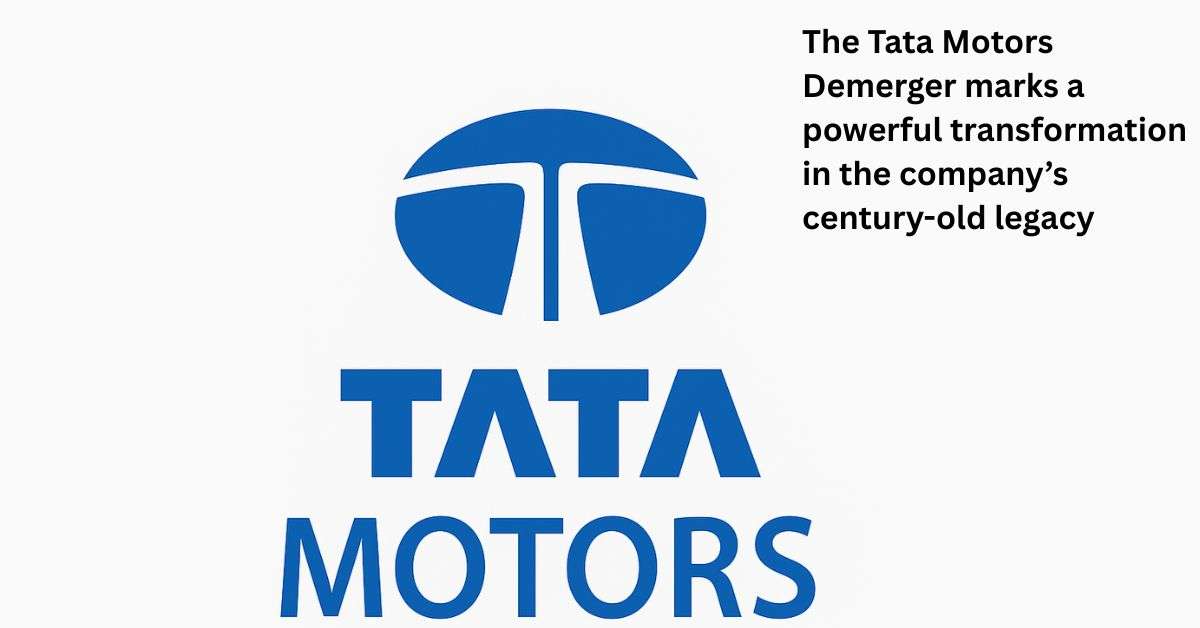The Indian stock market delivered a stellar performance in April, with both the Sensex and Nifty 50 surging over 12% from their early-month lows. The optimistic market sentiment also boosted broader indices, with the Nifty Smallcap 100 soaring 19.25% and the Nifty Midcap 100 rising by 16.45%.
Driven by optimism around economic stability and supportive government policies, investors have piled back into equities. However, experts warn that despite the buoyancy, underlying threats such as tariff tensions, global growth concerns, and earnings pressures continue to linger.

Sensex, Nifty Rally 12% in April: What’s Fueling the Stock Market Rebound?
According to insights from Kotak Institutional Equities, the recent rally partly stems from investor complacency. The market’s quick recovery above critical levels — referred to as “Liberation Day” highs — suggests a broad assumption that major risks have been resolved, an assumption Kotak considers overly simplistic.
Key factors behind the rebound include:
- Robust domestic growth indicators.
- Sustained liquidity from domestic and foreign investors.
- Policy initiatives aimed at strengthening investment and manufacturing.
- Softening commodity prices, helping moderate inflation.
Yet, despite these tailwinds, Kotak points to persistent challenges: slowing global and domestic GDP projections, unresolved tariff conflicts, potential corporate earnings downgrades, and stretched market valuations across multiple sectors.
Trade Disputes: A Cloud Over Market Optimism
A major unresolved risk is the ongoing tariff and trade uncertainty, particularly between India and the United States. Although there is widespread optimism that India could remain largely unaffected—or even gain—from the ongoing realignments in global supply chains, Kotak advises a more cautious outlook.
The United States has already implemented a 10% reciprocal tariff on all imports, with steeper duties aimed at certain Chinese products. For India, the final outcome of these tariff negotiations remains uncertain. More concerning, non-tariff barriers — like regulatory requirements for market access — may become significant hurdles.
Although India’s growing defense and energy imports from the US could help narrow its trade surplus, the process won’t be quick:
- Defense contracts typically require years to materialize.
- Energy imports, such as LNG, face stiff competition from Europe and other Asian nations.
- The US LNG export capacity is already strained after recent shifts in global energy flows.
Moreover, Washington may push for deeper access for American firms in sectors like financial services, retail, and agriculture. Politically, granting such access could be highly sensitive for India, adding another layer of complexity.
Thus, assuming trade negotiations will be resolved favorably — or soon — appears overly optimistic.
Sensex, Nifty Rally 12% in April: Are Earnings Expectations Misaligned with Reality?
Kotak also raises concerns about the market’s overly optimistic earnings forecasts. They underline two significant areas where expectations may be running ahead of reality:
1. Revenue Pressures on Export-Focused Sectors
Sectors heavily reliant on global demand — automobiles, IT services, pharmaceuticals, and specialty chemicals — could see headwinds. Kotak warns:
- High tariffs could impact exporters like Tata Motors and Bharat Forge.
- Delayed decision-making from international clients might hurt IT services revenues.
Notably, IT stock valuations are already priced at elevated levels compared to pre-pandemic averages, without fully factoring in a potential US economic downturn or recession.
2. Profitability Challenges for Consumer Goods Companies
While easing input costs may support margins, intense competition could offset these gains. Companies may resort to aggressive pricing strategies to protect or grow market share, potentially squeezing margins.
For instance:
- HUL, in its fourth-quarter FY25 update, mentioned that although gross margins improved, it revised its EBITDA margin guidance downward and shifted focus towards volume-led growth rather than profitability enhancement.
This suggests that assumptions of margin-led earnings growth, particularly in the consumer sector, might not materialize as investors expect.
Sensex, Nifty Rally 12% in April: Are Valuations Running Ahead of Fundamentals?
Beyond earnings optimism, another red flag is market valuation. Many sectors, including large-cap financials, are now trading near or above their fair value estimates.
Moreover, the broad-based rally in midcap and smallcap stocks has driven their valuations to significantly stretched levels. If growth fails to meet lofty expectations, the risk of a sharp market correction rises significantly.
With limited margin for error, any disappointment in earnings or macro data could trigger volatility.
Conclusion: Stay Optimistic, But Stay Cautious
India’s strong performance in April underlines investors’ belief in its long-term potential. Yet, ignoring persistent risks could be dangerous.
- Global trade uncertainties remain unresolved.
- Earnings downgrades may still materialize.
- Valuations leave little cushion against adverse surprises.
Investors would be wise to balance their optimism with caution. It’s essential to focus on:
- Companies with sound fundamentals.
- Sectors insulated from global volatility.
- Businesses that can sustain margins despite competitive pressures.
While liquidity and sentiment may continue to drive near-term gains, ultimately, fundamentals will matter. In an environment still fraught with potential pitfalls, prudent optimism — not exuberance — should guide investment strategies.
ZERODHA 1) : https://zerodha.com/open-account?c=EJ4366
Angelone 2) : https://tinyurl.com/2gloc3g6 or
Upstox3): https://link.upstox.com/9w4tNo1rK8au7VK47









